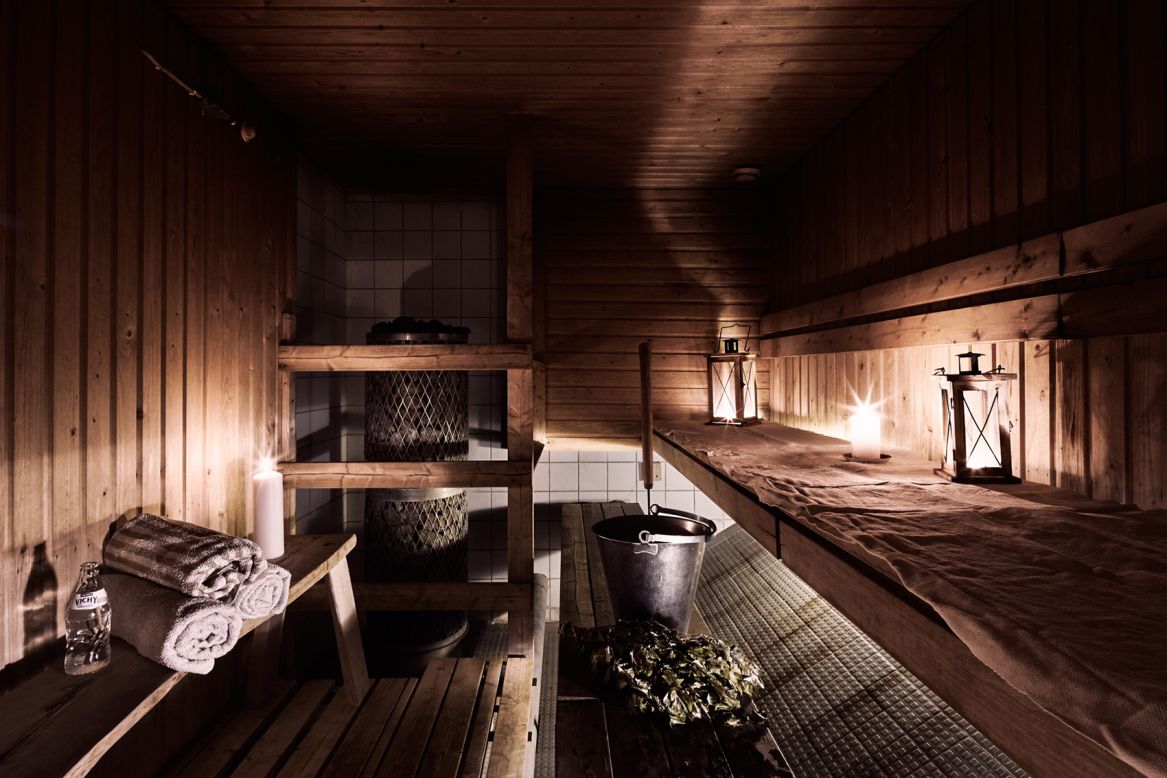The Only Guide for Traditional Sauna
The Only Guide for Traditional Sauna
Blog Article
Some Known Incorrect Statements About Traditional Sauna
Table of ContentsLittle Known Facts About Traditional Sauna.4 Simple Techniques For Traditional SaunaGetting The Traditional Sauna To WorkThe Single Strategy To Use For Traditional Sauna
Many of the weight shed in a sauna is water loss and is re-gained upon rehydrating. Nonetheless, certainly sauna can be a vital component of a healthy and balanced weight reduction program. To consider the distinctions between traditional and IR saunas, I will divide these right into proven, academic, and produced differences.Therefore, the most popular point in the saunawhich goes to the ceiling directly over the sauna heateris typically between 185 and 190 F. Traditional Sauna. Claims that a traditional sauna goes beyond 200 F is merely not true and not suitable for electrical saunas offered in the United States. The temperature for a far-infrared sauna is generally established in between 120 and 140 F; however, unlike the traditional sauna, the goal in and IR room is not to achieve a heat
Due to this, the temperature difference is practically unnecessary, considering that extreme sweating leads to both sauna kinds, yet the method of warming the body is various. In an IR sauna the bather will really feel warm and will certainly sweat a lot, however at a lot reduced temperatures. Thus, if the objective is to spend longer durations of time in the sauna, the IR sauna is a great option.

The Basic Principles Of Traditional Sauna
When the heat is achieved, the components cycle on and off to preserve the heat. Most conventional sauna customers enjoy putting water over the rocks to produce heavy steam to increase sauna humidity levels. The advantages of pouring water over the rocks consist of: making the space a lot more comfortable, moistening the nasal flows, and permitting the use of aromatherapy by mixing essential oils with the water.
In a far-infrared sauna, the warmth waves permeate the body to successfully heat the body and elevate the body core temperature. To attain this raised temperature, Far-infrared emitters produce infrared energy which is close to the very same wavelength as that which the body naturally emitsoften referred to as the "Crucial Variety" of 7 to 14 microns), so the power is well obtained by the body.
When the energy gets in the body, it triggers the body temperature level to raise and eventually causes perspiration. In an infrared sauna it is essential for the emitters/heaters to remain on virtually continuously. Considering that there is no mass of rocks to retain warmth, the sauna will cool down if the emitters shut down.
As discussed over, the sauna bather in an infrared space intends hop over to these guys to position himself before operating emitters to get maximum advantage from the heat. The heating time for the 2 spaces can be extremely different, depending upon how the rooms are made use of. For a traditional sauna, a bather must permit 30-40 minutes for the room to accomplish a preferred temperature and to appropriately pre-heat the rocks.
Unknown Facts About Traditional Sauna
A well built sauna will generally accomplish a temperature level of 150-160 F in about 30-40 mins. For hotter temperature levels, the area might require to warm for a longer duration.
To some, 15 mins was "squandered" while the infrared energy heated up the timber panels rather than heating a body, while others locate a pre-heated room to be a lot more comfy and believe an elevated beginning temperature is essential to start perspiring. The size of suggested usage for every space is around the exact same (10-15 mins per session); however, as a result of the reduced air temperature levels and the capacity to really feel the results of infrared heat quicker than a typical sauna, it is not unusual for an individual to spend a total amount of 20-30 mins in an infrared sauna.
Standard saunas have a tendency to be larger (for this reason make use of even more electrical power) than infrared saunas, although conventional saunas are absolutely offered in one and two person sizes as well. For a two-person conventional sauna, 5x6 or 5x7 size is most preferred. The leading bench can easily seat 2 or three people and is also enough time to rest throughout the sauna session.


The average expense per kWH of power in the united state is around $0.11, so a 4.5 kW heating unit will certainly set you back around $.50 to compete one hour, if the heating system runs continually for one hour. Usually a sauna heater will certainly run for 75% of the first hour and 50% of subsequent hours on because the components cycle once the established temperature is accomplished.
9 Simple Techniques For Traditional Sauna
A 2 individual far-infrared space is typically literally smaller discover this info here than a conventional sauna, usually regarding 4' x 4' or smaller sized. The IR furnace is generally 1.5-1.7 kW utilizing a 120 volt 15 amp plug-in solution. Considering that the room can be made use of quicker than a sauna area, we will presume the room is i thought about this used for to of an hour consisting of warm up time.
Finally, there is a rarely reviewed difference in the social experience between both areas. While our culture has actually shed several of the social advantage of the traditional sauna experience, it can be really socially fulfilling. From family members time in the sauna, to heart-felt conversations with significant others, to sauna partiesthe traditional sauna experience can cause intimate mingling.
The majority of higher end infrared rooms include tinted light treatment, sound systems and full-glass fronts.
Report this page